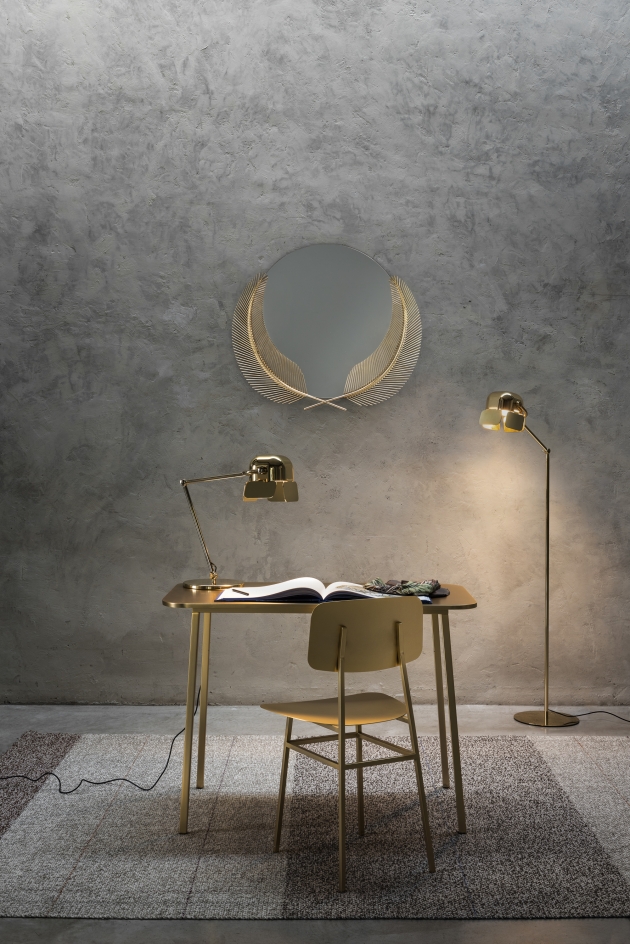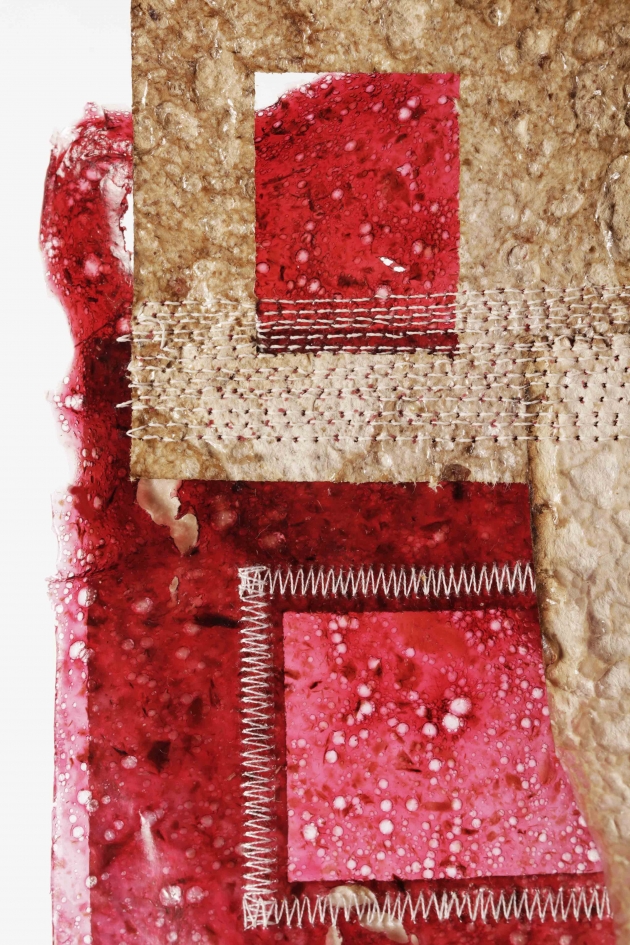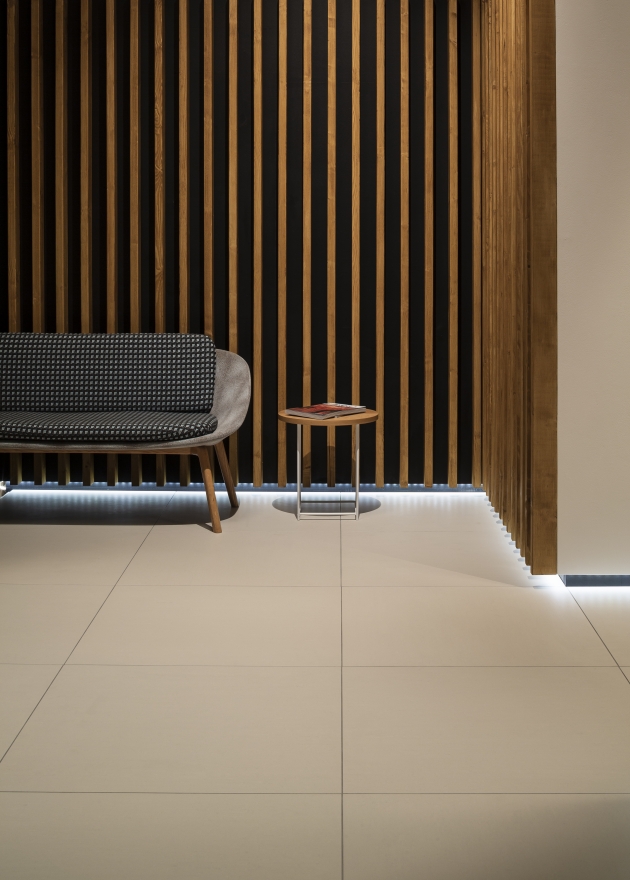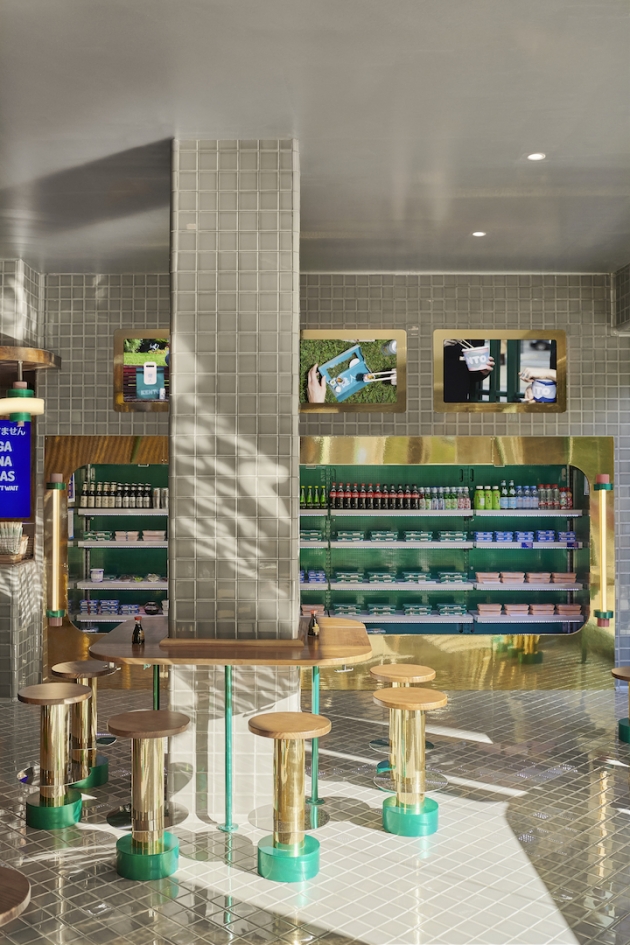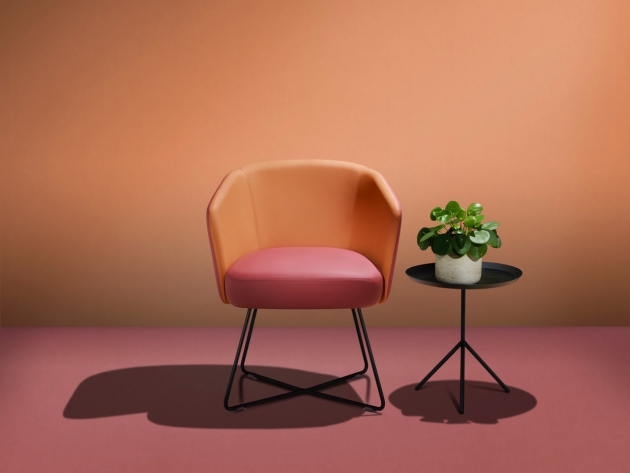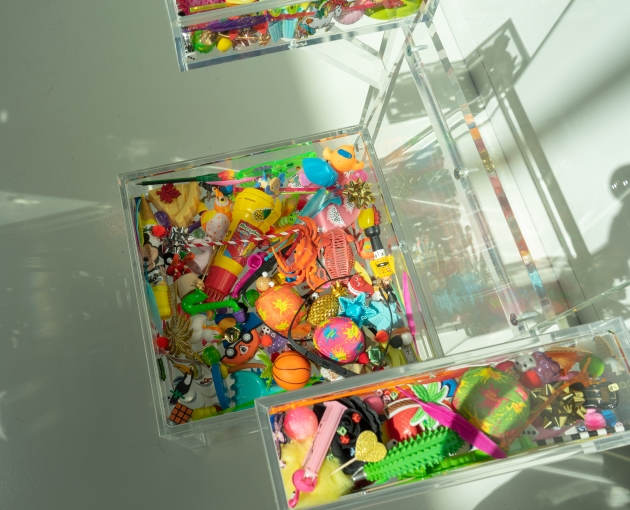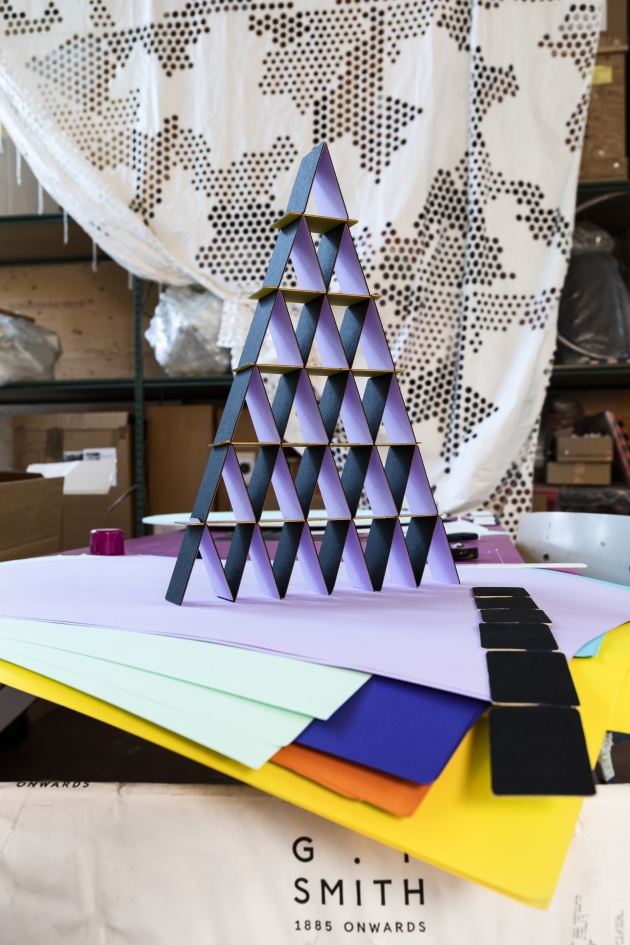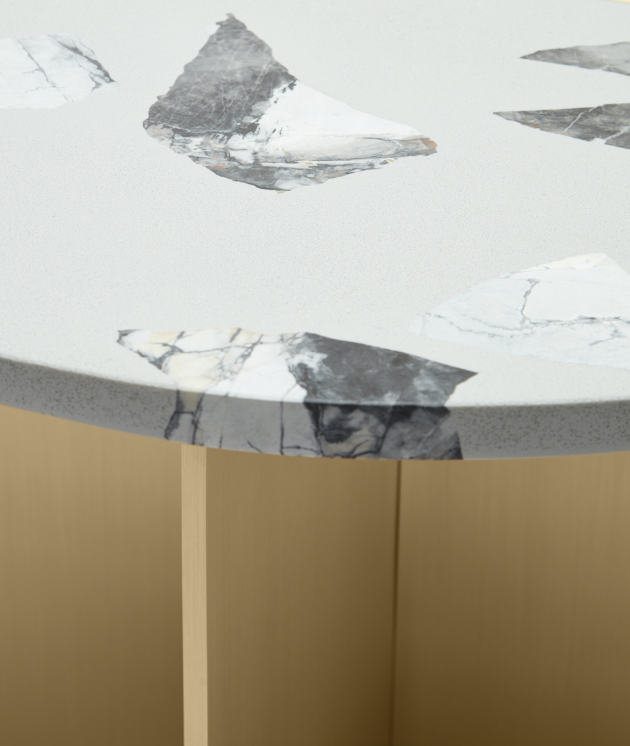The team behind TRUNK(HOTEL) to unveilL TRUNK(HOUSE) in Tokyo's Kagurazaka neighbourhood.
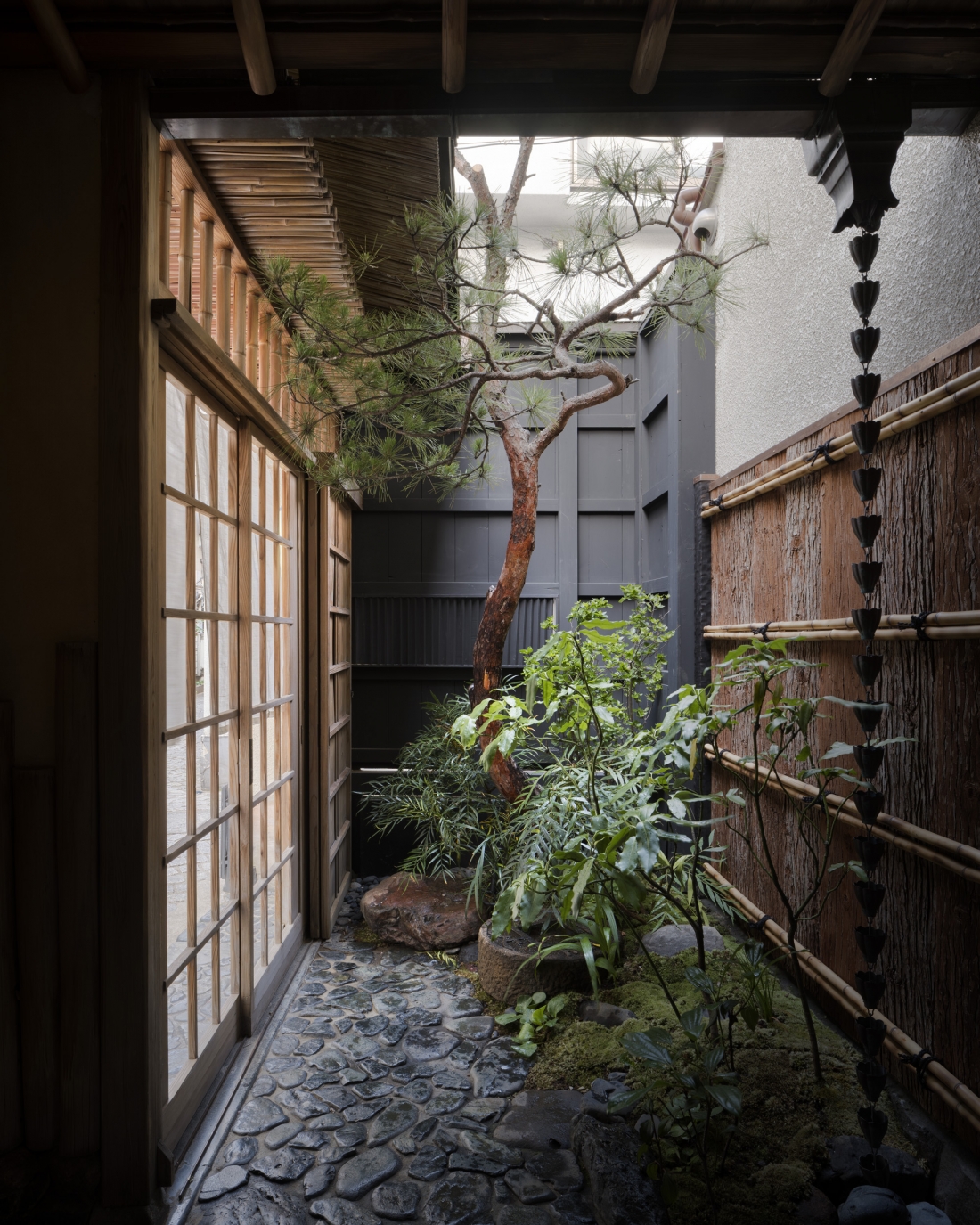
TRUNK(HOUSE)TomookiKengaku(c)
In 2017, when the 15-room, TRUNK(HOTEL) opened in the heart of Shibuya, it shook-up the hospitality scene in Japan with its innovative, holistic “live, play and work” environment where the art-filled guest rooms and suites blended in seamlessly with public spaces, dining concepts and a signature retail store.
On 1st August, Japan’s leading hotel innovators will open their second property in the city, TRUNK(HOUSE). A concept that the team calls a first of its kind “townhouse hotel,” it is located in the historic Kagurazaka neighbourhood of Tokyo and will showcase a private and bespoke hospitality experience.
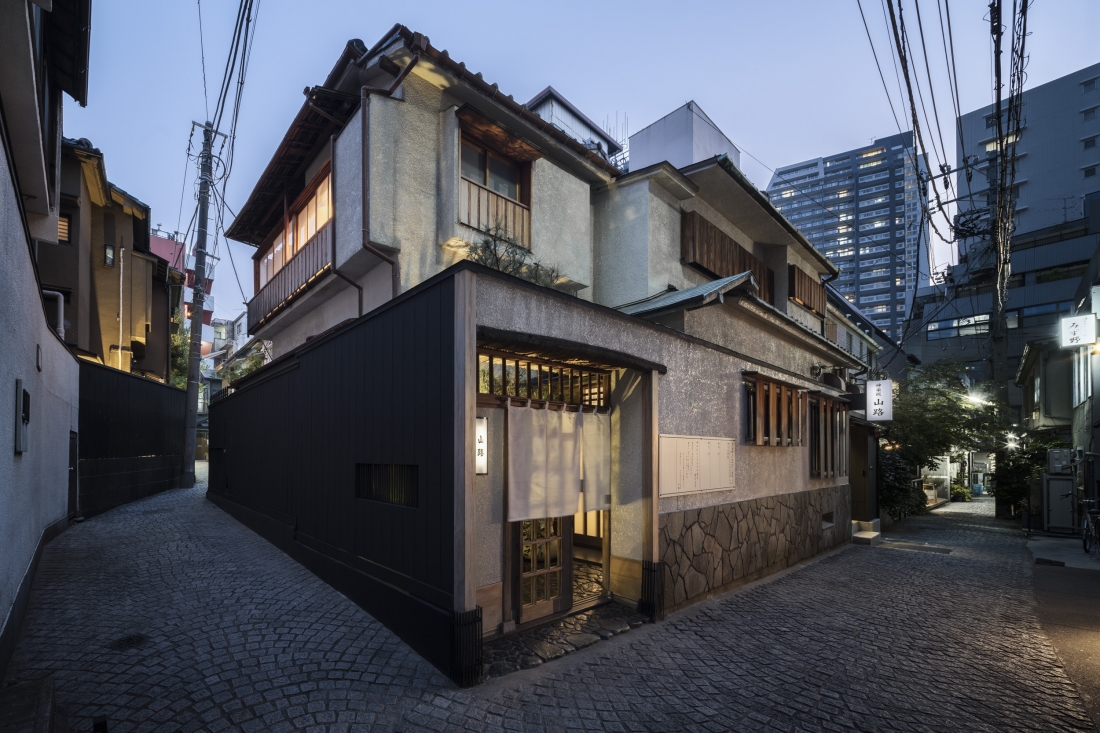
TRUNK(HOUSE) TomookiKengaku(c)
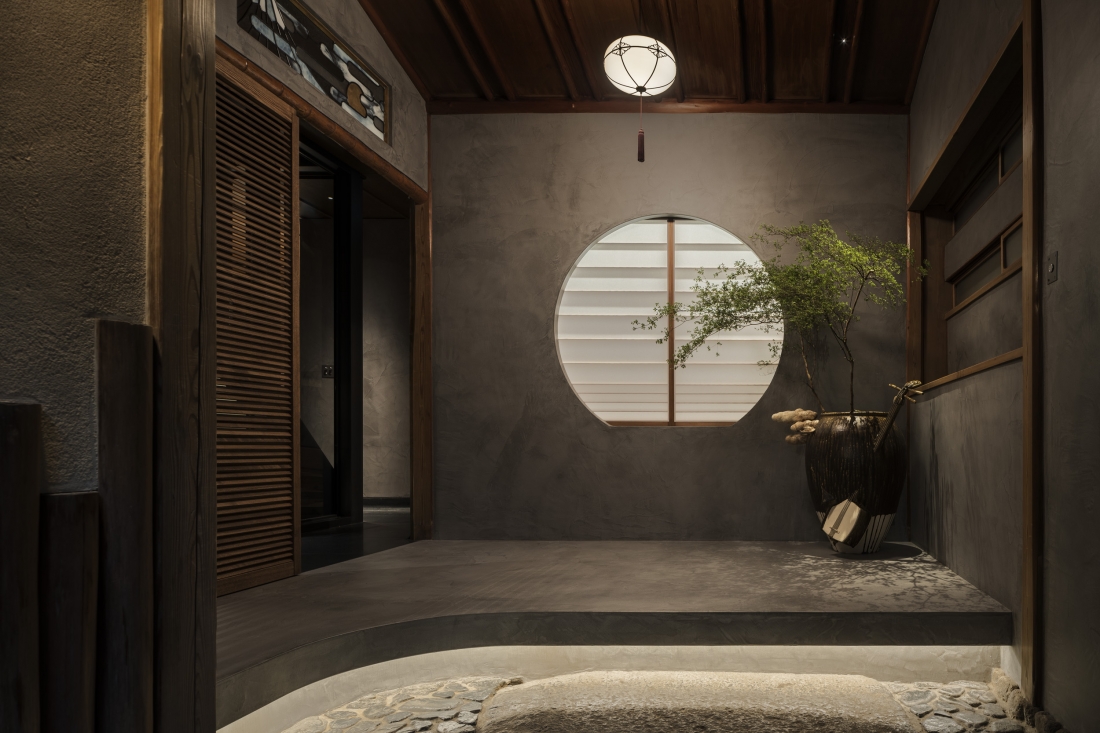
TRUNK(HOUSE)_TomookiKengaku(c)
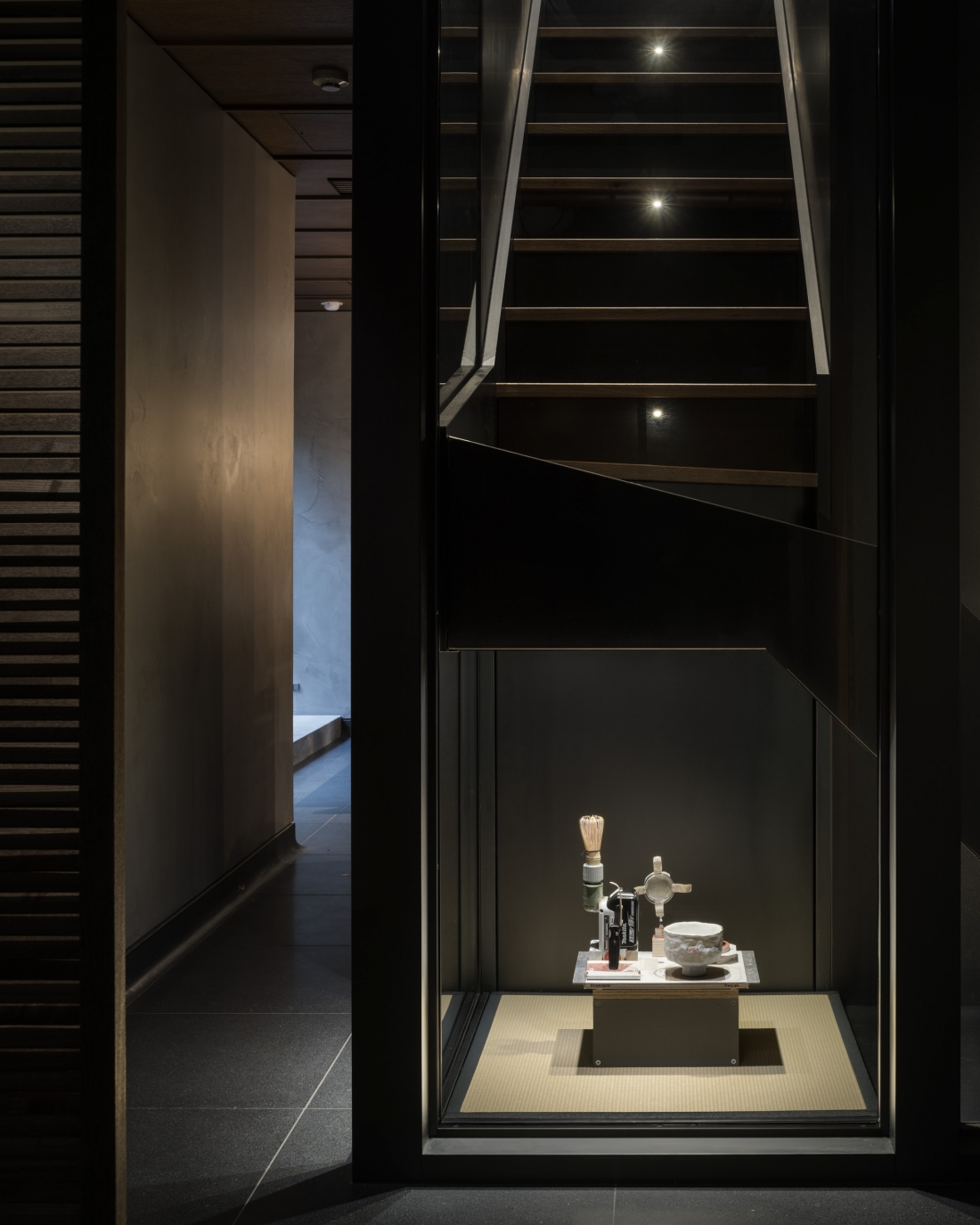
TRUNK(HOUSE)TomookiKengaku(c)
In 2018, TRUNK founder, Yoshitaka Nojiri and the TRUNK design team took over a 70-year-old two-storey former geisha house, tucked away in the heart of the Kagurazaka neighbourhood, a sought-after cultural hub in Shinkuku, Tokyo. Once they assumed ownership of the building, TRUNK began extensive restoration work on the exterior of the building immediately, as well as a full renovation of the interior space, in order to craft a masterful townhouse environment that will offer travellers a dynamic and immersive hospitality experience in Tokyo.
The restoration and renovation of this space is also an effort by TRUNK to preserve a piece of Tokyo that is home to a thriving arts, culture and literature scene, something that is unique to the neighbourhood and city. TRUNK(HOUSE) is an exquisite, discrete, space bearing the restored original outward appearance of a traditional geisha house. Once guests step into the townhouse hotel, they are transported into a Tokyo residential style of living. The hotel is designed by Trunk’s in-house design team TRUNK Atelier and Tokyo-based interior design studio Tripster. Bespoke design pieces and artworks have been commissioned especially for the space.
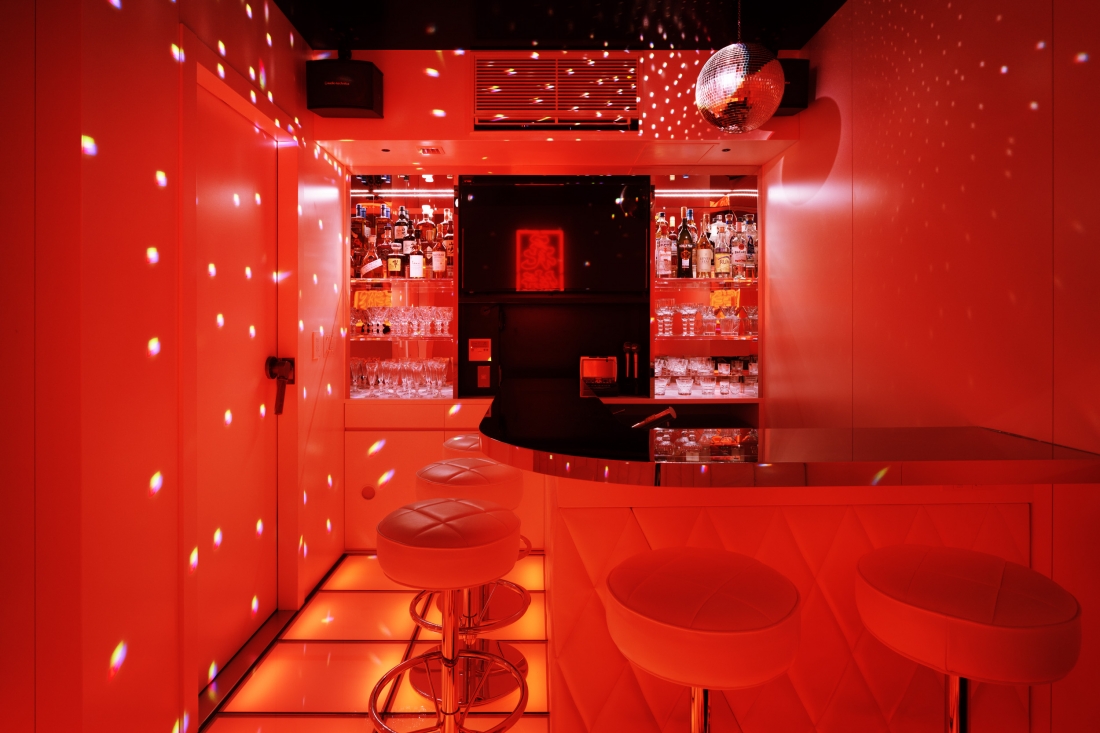
TRUNK(HOUSE)TomookiKengaku(c)
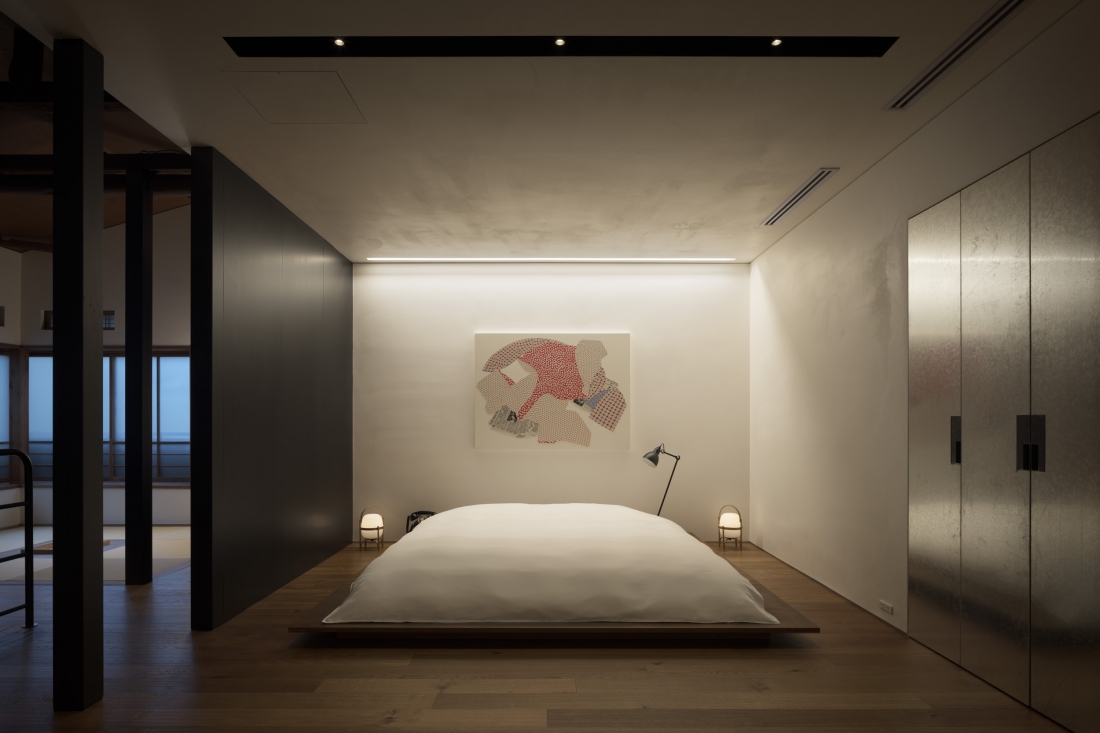
TRUNK(HOUSE)TomookiKengaku(c)
Design details of note include the stone genkan-style entry, which has been restored to its original form. Grey mortar walls; dark terrazzo floors; paper screens; wood panelled ceilings and a decorative window with stained glass are further nods to the traditional architecture of the building. Brass pendant lights by Nara-based New Light Pottery in the kitchen and dining room; marble top counters and a long, solid oak dining table inject a contemporary juxtaposition. Also on display will be an artwork featuring ceramic bowls and utensils by contemporary American artist Tom Sachs, who has created works centered on his reinterpretations of chanoyu, a Japanese tea ceremony.
Design details of note include the stone genkan-style entry, which has been restored to its original form. Grey mortar walls; dark terrazzo floors; paper screens; wood panelled ceilings and a decorative window with stained glass are further nods to the traditional architecture of the building.
The combination of contemporary and traditional design continues within the communal spaces of the property. The living room displays metal-framed leather sofas and a low coffee table, both made by Stephen Kenn, plus a 1950 Jean Prouvé Potence wall lamp and a Serge Mouille Lampadaire light. The tearoom with tatami mats, bay window and leather floor cushions also includes a low Eames table and a George Nelson Cigar Lotus floor lamp, as well as a paper cutouts by Chiaki Hirano.
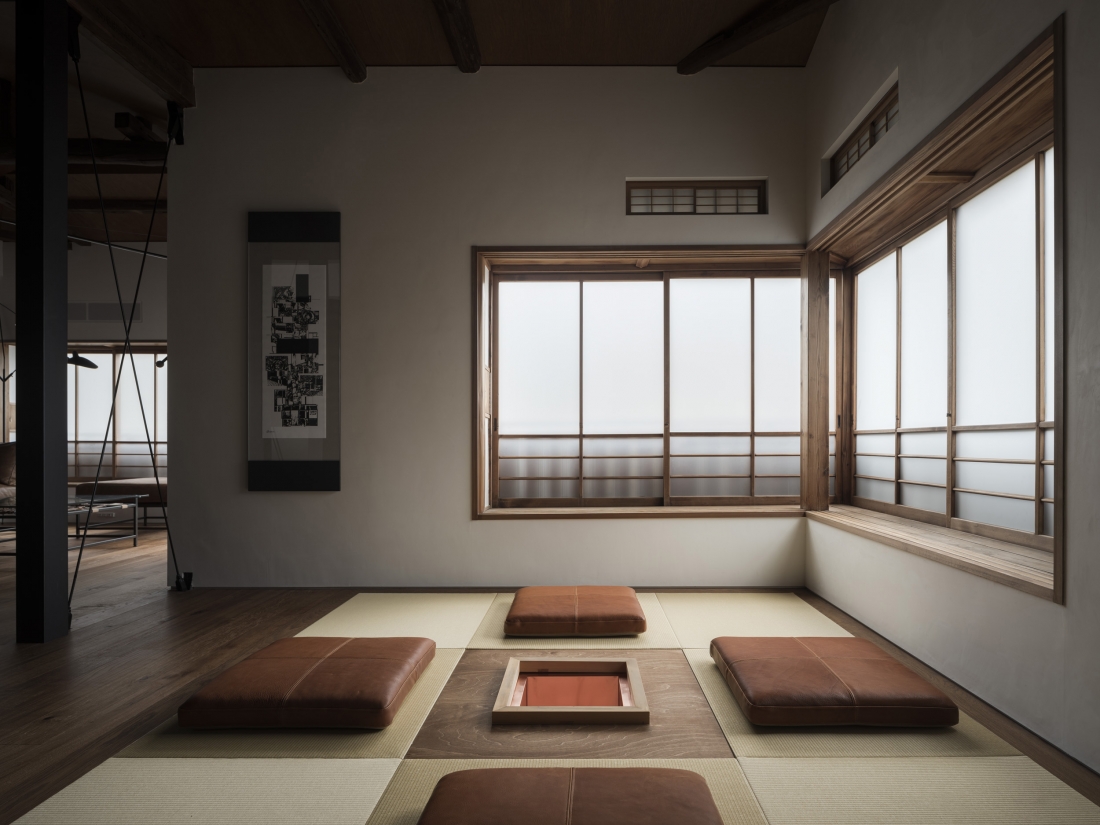
TRUNK(HOUSE)TomookiKengaku(c)
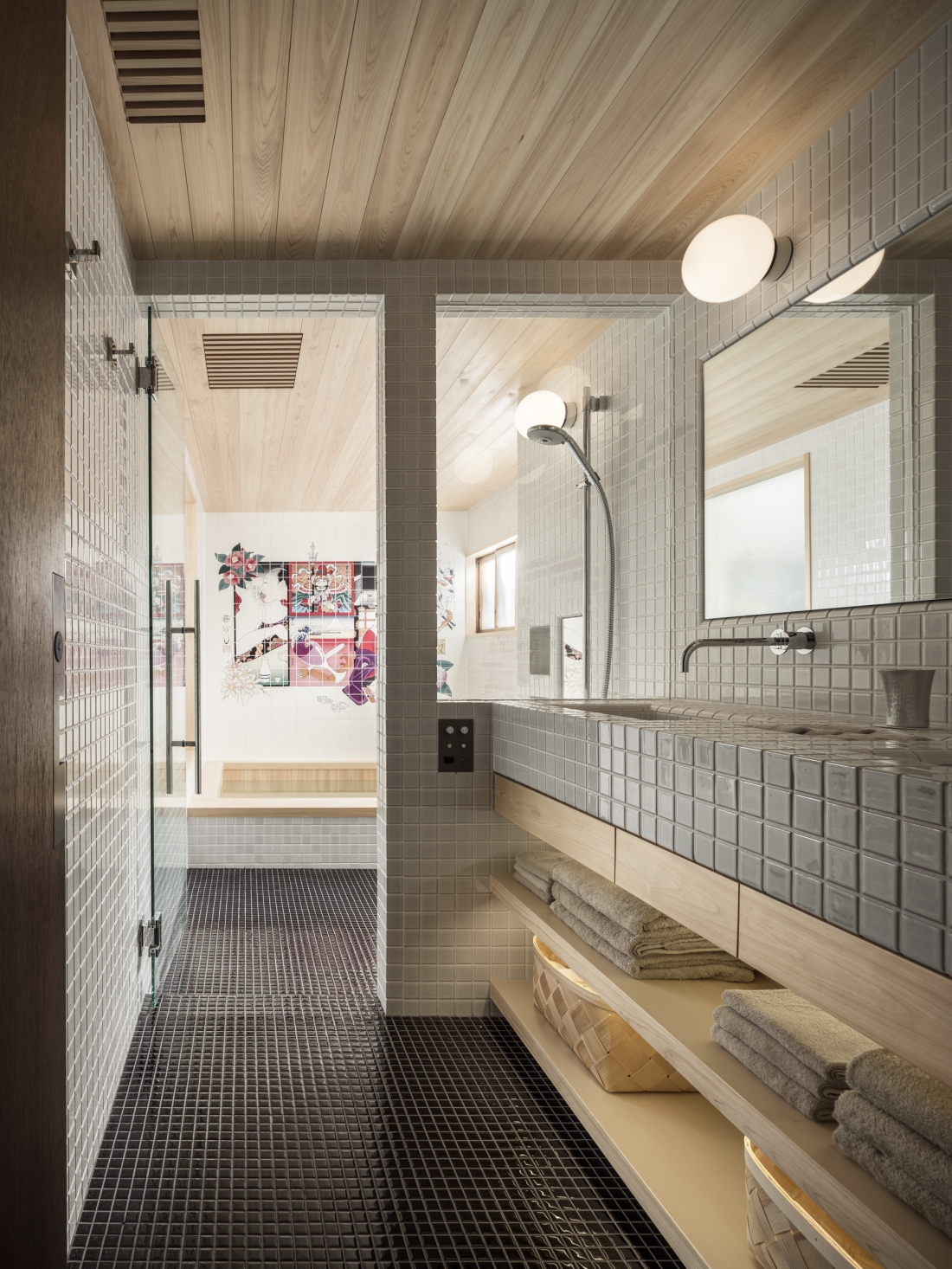
TRUNK(HOUSE)TomookiKengaku(c)
The neighbourhood of Kagurazaka is affectionately thought of as a “Little Kyoto in Tokyo” because of its stunning shrines and temples as well as stylish cafés, restaurants, shops, and a spectacular array of outdoor spaces. Kagurazaka is also home to maze-like stone paths, which travellers will enjoy exploring especially as there is a concentration of still active ryotei (Japanese traditional restaurants) spaces, cafes, restaurants, bars, speakeasies and small business retail stores, dotted throughout the warren of side streets and alleyways.
In the Edo period, Kagurazaka was situated just outside the outer moat of the Edo Castle, where rows of samurai residences were situated. Also, having prospered as an entertainment district, the town still retains the characteristics of that period and has long been favored as a sanctuary by Japan’s artist community and legendary writers such as Natsume Sōseki, widely regarded as one of the country’s greatest modern-day authors.
Learn more at TRUNK(HOUSE).


